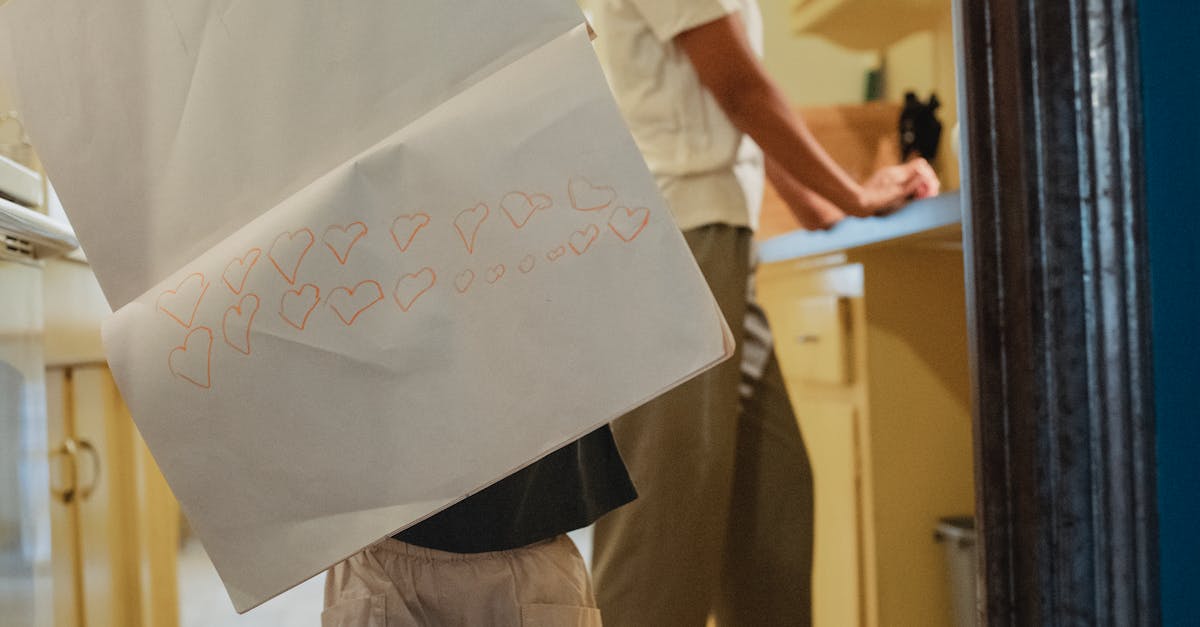Discovering the Power of Prayer
Have you ever watched a child pray with eyes squeezed shut and hands clasped tight? It’s both heartwarming and hilarious. When we introduce prayer to preschoolers, we’re not just teaching a practice; we’re opening the door to empathy, kindness, and connection.
Kids understand the world in simple terms, and prayer gives them a tool to express their feelings and wishes. This bond between prayer and gratitude is natural for them. Gratitude is often a theme of their prayers. It’s easy for a child to say, ‘Thank you for my toys,’ and mean it with all their little heart. Besides, who else would pray for the well-being of their favorite stuffed animal?

Encouraging young children to pray can have lasting effects. Here are a few benefits:
- Emotional expression: Prayer allows children to articulate their thoughts and feelings.
- Sense of gratitude: Regular prayer can cultivate a deep sense of thankfulness.
- Building connections: Prayer fosters a sense of community and connection with others, both human and spiritual.
In conclusion, when we guide children in prayer, we lay the foundation for a lifetime of compassion and understanding. It’s not just about the act of praying, but the values that come with it.
Why Gratitude is a Superpower
Gratitude isn’t just a buzzword; it’s a superpower. Encouraging preschoolers to practice gratitude helps build optimism and happiness. Kids who regularly express thanks are more likely to be empathetic and resilient.
Preschoolers naturally focus on small pleasures: a rainbow, a funny-shaped cloud, or an extra cookie. As parents, nurturing this sense of gratitude can transform everyday moments into learning opportunities.
The Benefits of Teaching Gratitude
- Builds empathy and resilience.
- Promotes optimism and happiness.
- Encourages appreciation for small joys.
Have you ever tried explaining why we can’t have dessert before dinner? Teaching gratitude can make those conversations smoother. Kids learn that waiting for dessert can be a chance to be thankful for other delightful things, like a shared laugh at the dinner table.

Activities to Teach Thankfulness
Who says teaching gratitude can’t be fun? Creating art projects, gratitude jars, and thank-you cards are fantastic ways to instill thankfulness.
Ask your child to draw something they are grateful for—be ready for surprises! Their answers might range from ‘unicorns’ to ‘Grandma’s hugs.’
Storytime
Storytime is another excellent avenue. Pick books that revolve around gratitude themes. For instance, engage them with stories where characters learn the value of gratitude.
Incorporating Gratitude in Daily Routines
Incorporating gratitude into everyday routines also reinforces its importance. Perhaps a ‘thank you’ note in their lunchbox will make their day brighter and reinforce the habit.

Emotional Challenges and Solutions
Life comes with emotional challenges, for both kids and adults. Teaching gratitude involves navigating these, often whimsical, emotional terrains. A child’s day can range from giggles over a new toy to a meltdown over mismatched socks. Practicing gratitude during these moments can help them manage their feelings.
Remember the time your toddler had a meltdown because their pet rock was ‘missing’? That’s a perfect opportunity to guide them towards gratitude, even in chaos, by helping them find joy in the adventure of looking for that rock.
Emotional intelligence grows when kids learn to communicate their feelings and shift focus to what makes them happy.

Tips for Consistent Practice
Consistency is key when cultivating new habits. Weave prayer and gratitude into daily routines to make them a way of life. Mealtime blessings and bedtime thank-you lists are the perfect times to incorporate these practices.
Imagine this: instead of a nightly story, ask your child to share three things they are thankful for that day. Not only does this practice build gratitude, but it also provides insight into their day from their unique perspective.
For instance, one night, they might tell you how grateful they are that the moon followed them home. Such moments are magical, adding humor while reinforcing habits.

Your Stories: Share Your Journey
This is your chance to shine, parents! Share your family’s journey in exploring gratitude. How has this practice changed your home environment? Parenting stories are best when shared. Your experience might offer comfort or laughter to another parent navigating the same path.
Maybe you have a hilarious bedtime prayer story—a toddler’s knack for honesty can lead to such precious gems! Did your child ever thank the broccoli for leaving their plate quickly?
While sharing your stories, encourage connection and dialogue in the comments section. By doing so, you create a community of support and laughter—something every parent needs.

Let’s start the conversation: what’s your favorite gratitude moment?
